Josh Frydenberg says Australia must focus on hospitalisations and deaths and not case numbers
Treasurer Josh Frydenberg says Australia must get used to “living with covid” and the focus now needs to be on hospitalisations and deaths.
Federal Treasuer Josh Frydenberg says Australia’s fight against Covid-19 has to enter a new phase where the focus is less on case numbers and more on preventing hospitalisations and deaths.
As debate rages across the country over the best strategy for the nation to move forward without the need for constant lockdowns, Mr Frydenberg said the nation needs to shift to the “real threats”.
“We need, as a nation, to move our focus from the suppression of the virus, ultimately, to living with the virus and preventing hospitalisation, fatalities and serious illness,” Mr Frydenberg said in Melbourne.
“Our focus is on living with the virus, ensuring as many people as vaccinated as possible and that way we can mitigate what are the real threats from the virus which is the hospitilisaton, the serious illness and ultimately, the fatalities.”
The call echoes comments from Prime Minister Scott Morrison and the Chief Medical Officer last week, when Mr Morrison announced National Cabinet had agreed to develop a four-phase vaccine target plan to prevent future lockdowns and reopen international borders.
The plan for “a pathway out of the Covid-19 pandemic” includes the end of lockdowns, no more domestic restrictions for vaccinated Australians, and unlimited arrival caps for vaccinated travellers.
RELATED: PM’s plan doesn’t address vaccine shortage
RELATED: Urgent alert after food court hit
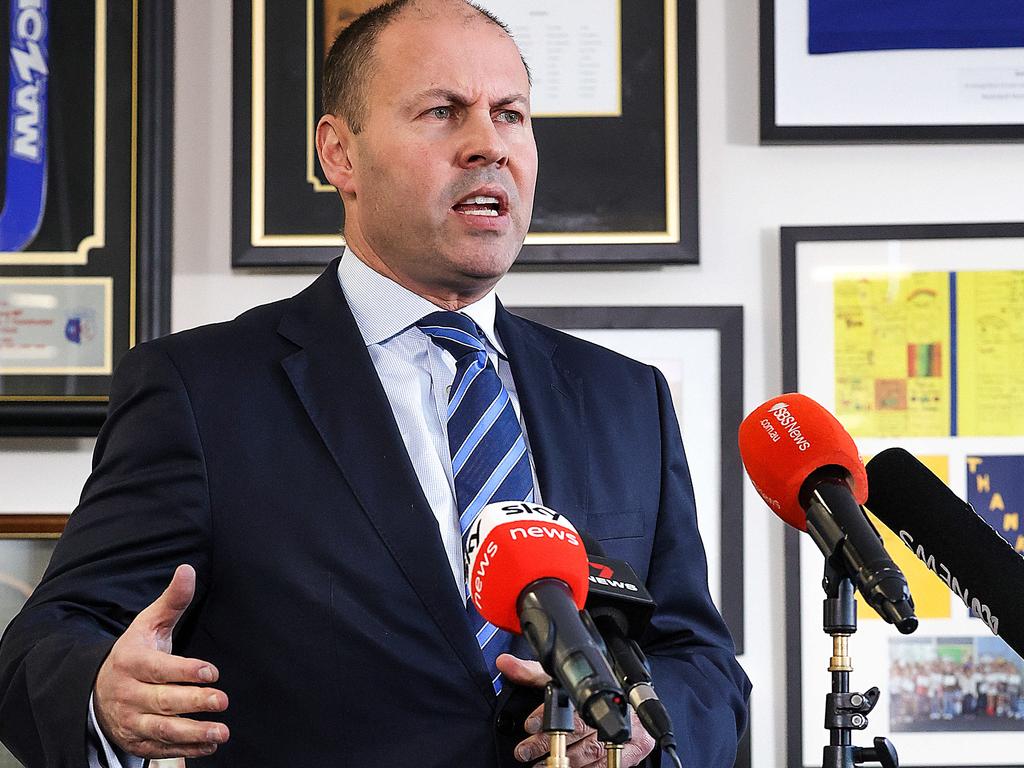
Chief Medical Officer Paul Kelly said the move could make the community safer, as people quarantining at home wouldn’t interact as much with others, such as hotel staff.
However, some health experts worry that the government could be rushing into offering a pathway out of the pandemic, given the behaviour of new variants.
“We have got to be really cautious because we really don’t know how this Delta variant is mutating,” said Dr. Jaya A.R. Dantas, a professor of international health at Curtin University in Perth.
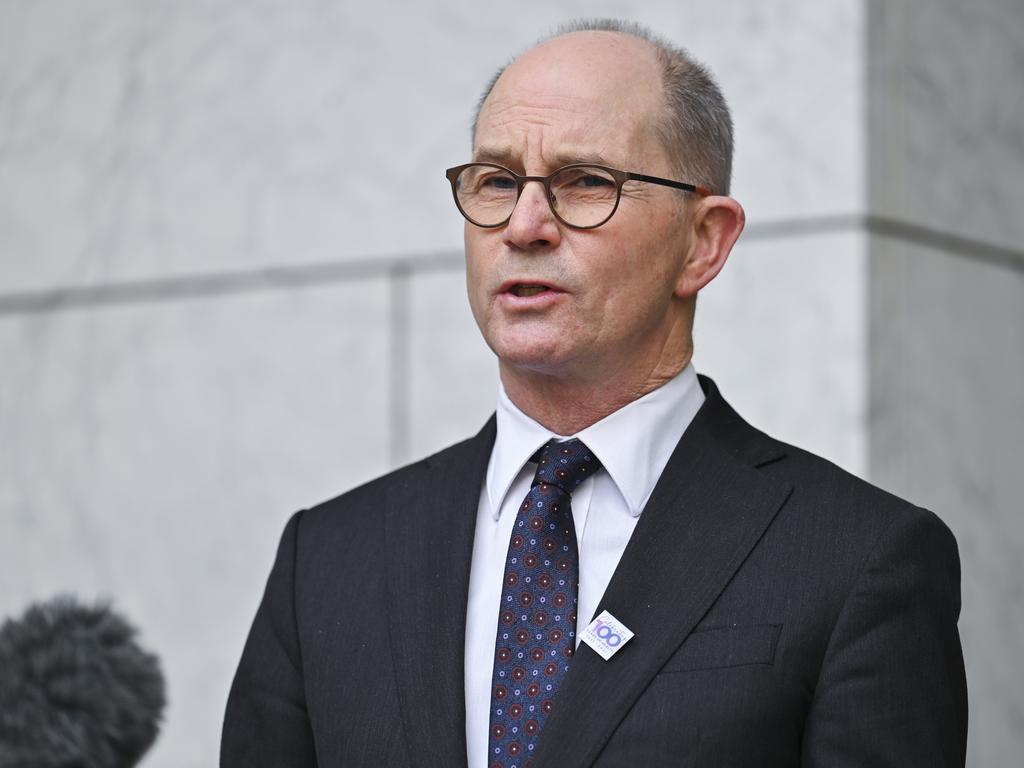
Mr Frydenberg said Australians need to get used to living with covid because “ultimately, we can’t eliminate the virus.”
More than 8.2 million doses of the vaccine have so far been delivered across Australia, however only 7 per cent of Australians have had both jabs needed to be fully immunised.
Despite stressing the importance of vaccinations in living with the virus, Mr Frydenberg would not put a date on the reopening of Australia’s borders and returning the country to “normal”.
“We will open the borders when it is safe and that is why the vaccination rollout is important and that is why it is pleasing to see more people getting vaccinated each and every day,” he said.
Business leaders are urging federal and state leaders to set firm vaccination targets to reopen Australia.
The business community has welcomed the four-step plan but are concerned key details are still missing, with no firm dates for reopening or clear thresholds for vaccination rates.
Jenny Lambert from the Australian Chamber of Commerce and Industry warned the national plan could fall apart if state leaders ignored targets and timelines.
“We need to make sure we get open and stay open. We need to be mindful that businesses can’t survive forever,” she told Sky News on Monday.
“We can’t continually go from open to lockdown to open to lockdown.”

Australian Industry chief executive Innes Willox said governments must abide by the plan and open-up once established thresholds were met.
“To tie ourselves to a number of people vaccinated means we’re hostage to vaccine hesitancy and deniers and that’s just not sustainable,” he said on Monday.
“We risk being left at the starting gate getting lapped by our competitors.”
Qantas boss Alan Joyce wants everyone offered a vaccine, rather than picking a “magic number” to end lockdowns.
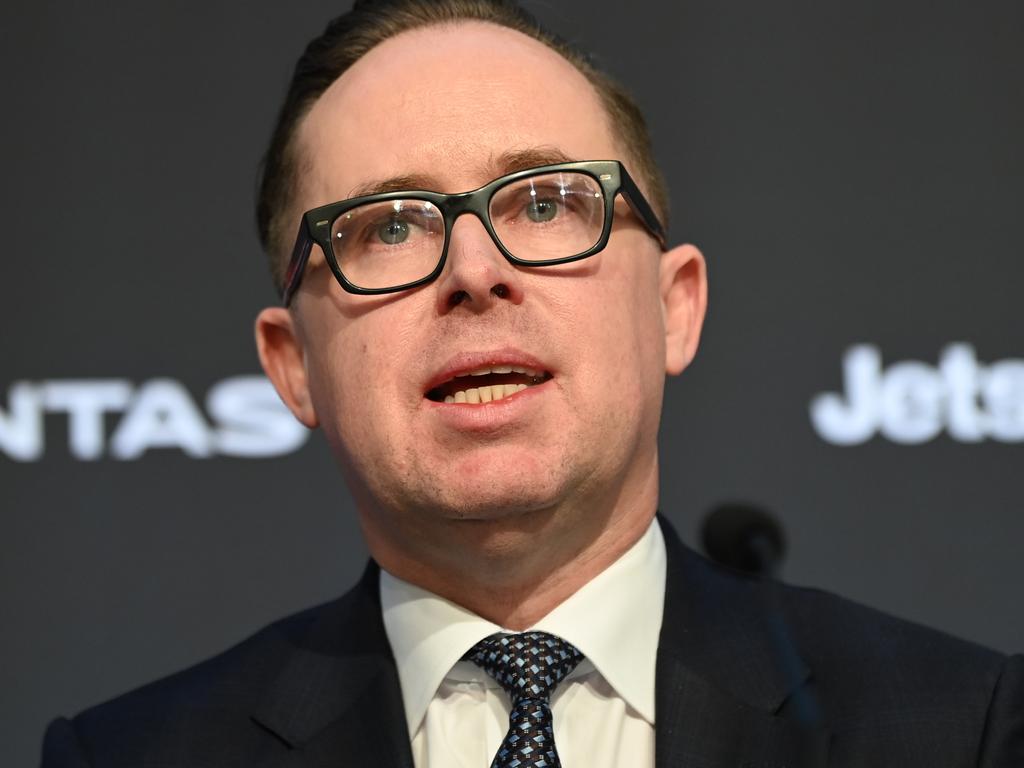
Scientific modelling is underway by the Doherty Institute to determine the vaccine thresholds for each stage of the plan.
State leaders have offered up potential vaccine targets with NSW Premier Gladys Berejiklian suggesting between 75 and 80 per cent as a reasonable benchmark.
“You need between 75 to 80 per cent of the population to be vaccinated before you can start having conversations about what covid normal looks like – that is the target,” she said.
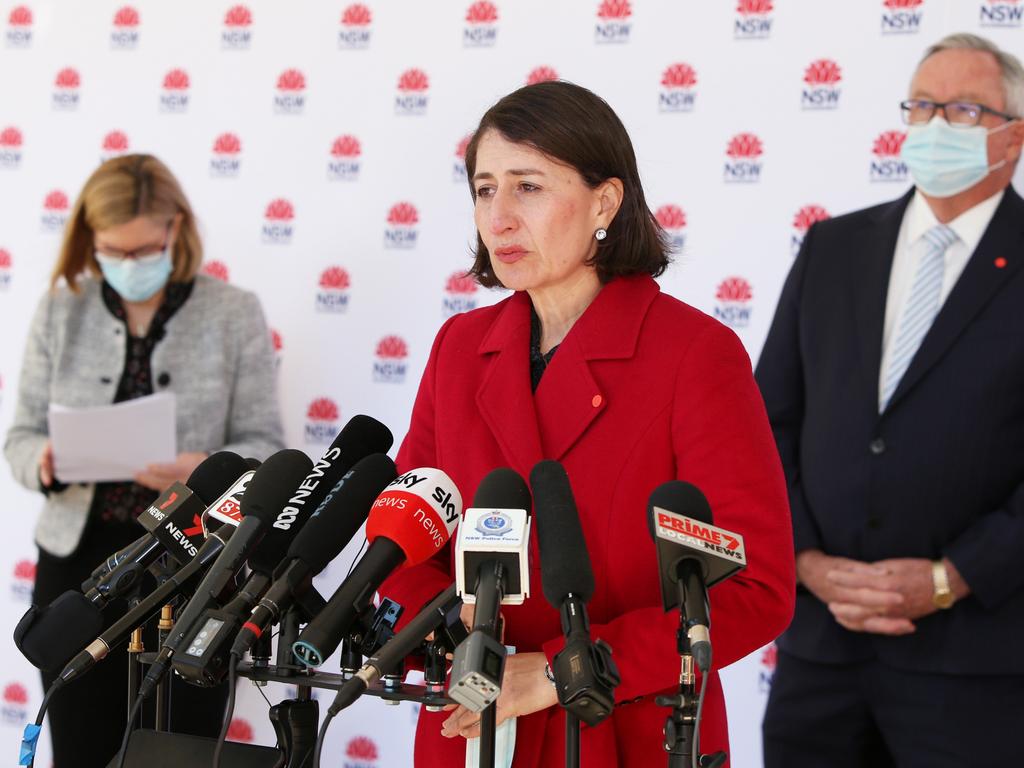
Liberal MP Tim Wilson told Sky News Australia on Monday that the vaccine target needed to be much lower than 80 per cent.
“Frankly, if we’re going to move past the first stage, it’s going to be somewhere around 60 per cent,” he said.
“I don’t think we should be operating on the idea of getting 100 per cent vaccination rates because we know that we’ll be then hostage to people who choose not to be.
“I think we’ve got to be sensible, we’ve got to be proportionate and in the end we have got to set thresholds that actively incentivise people.”
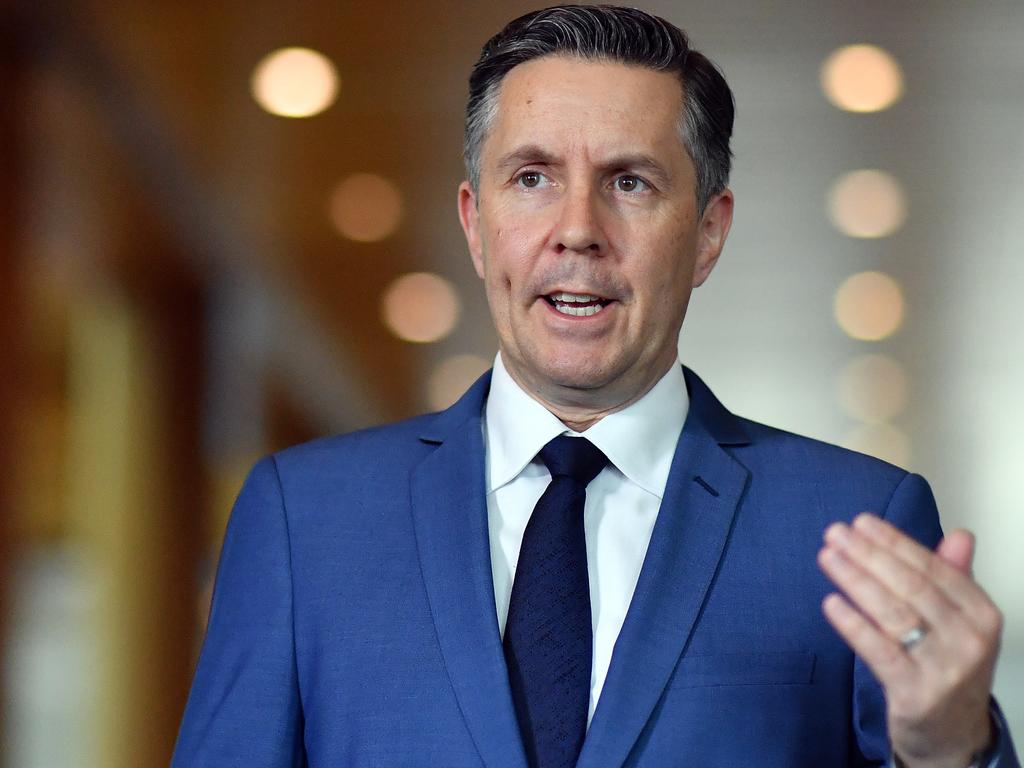
Labor Health Spokesman Mark Butler said the Prime Minister’s plan lacked “details, time frames and milestones”.
Mr Butler said Australia was still a while away from achieving any benchmark as vaccine rates remained “shockingly low”.
“That was what was completely lacking from the so-called plan that he announced last week: the lack of detail, the lack of time frames and milestones means that everyone is really fumbling their way through this because the Prime Minister is not being clear with us,” he told Sky News Australia.
“It all depends on supply and we’re still hostage to the fact that Scott Morrison was desperately slow in striking deals with vaccine companies last year and we’re still paying the price for that. We’re still essentially hostage to Pfizer supply.”
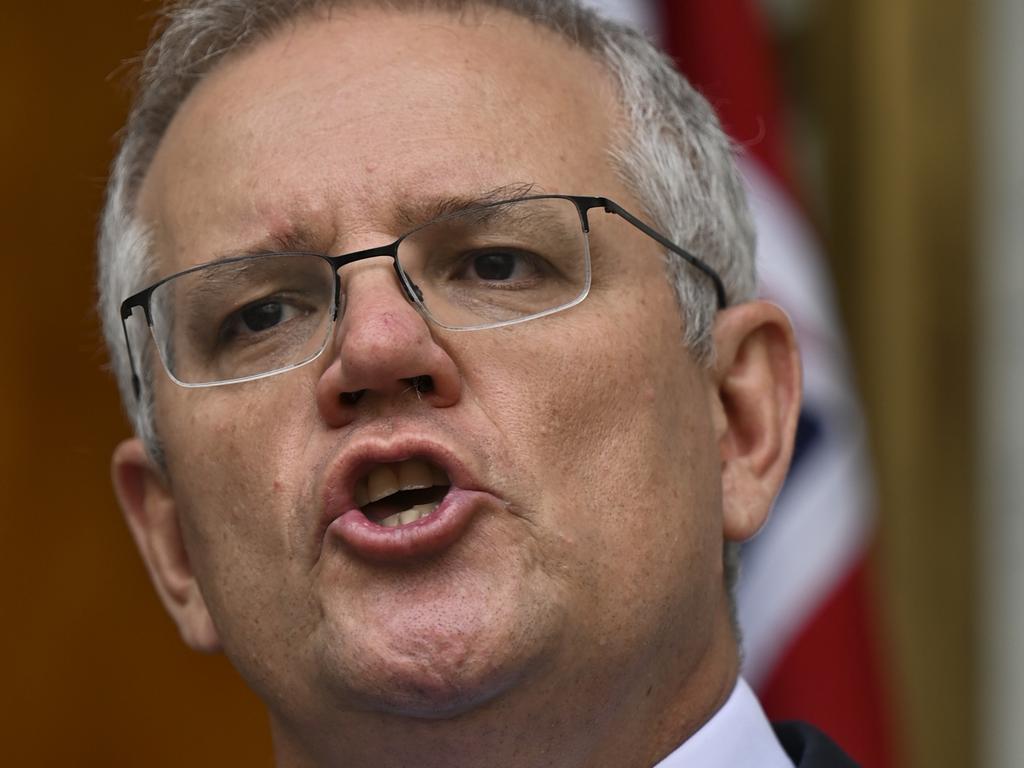
It comes as NSW on Monday recorded 35 new locally acquired cases, just days before it hoped to get out of its lockdown on July 9.
Mr Frydenberg said the Federal Government was doing what it could to support NSW, offering payments of up to $500 in one-off payments for people affected by the lockdown.
He said the economy had been “remarkably resilient” despite the fiscal pressures put onto the country by covid, with job ads up by 3 per cent according to the latest figures.
“This is the 13th consecutive month where we have seen and in greasing the job ads,” he said.
“Job ad numbers and their highest in 13 years. The numbers that came out today are higher than market expectations.”
Before the NSW lockdown, Australia’s unemployment rate dropped to pre-pandemic levels to 5.1 per cent in May.



